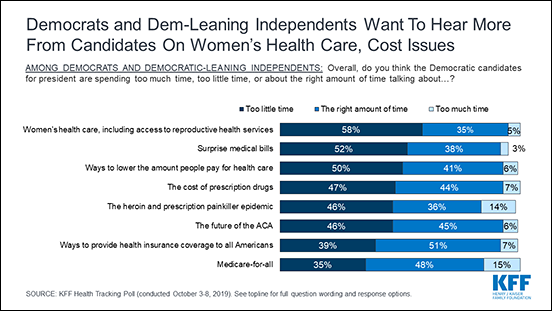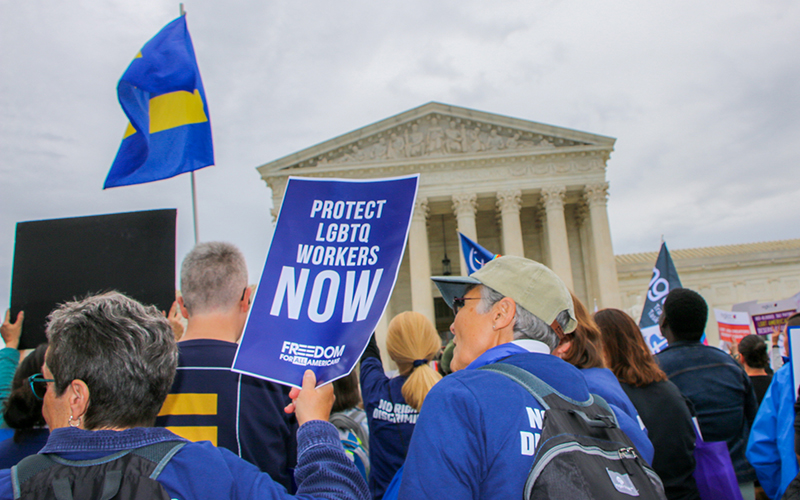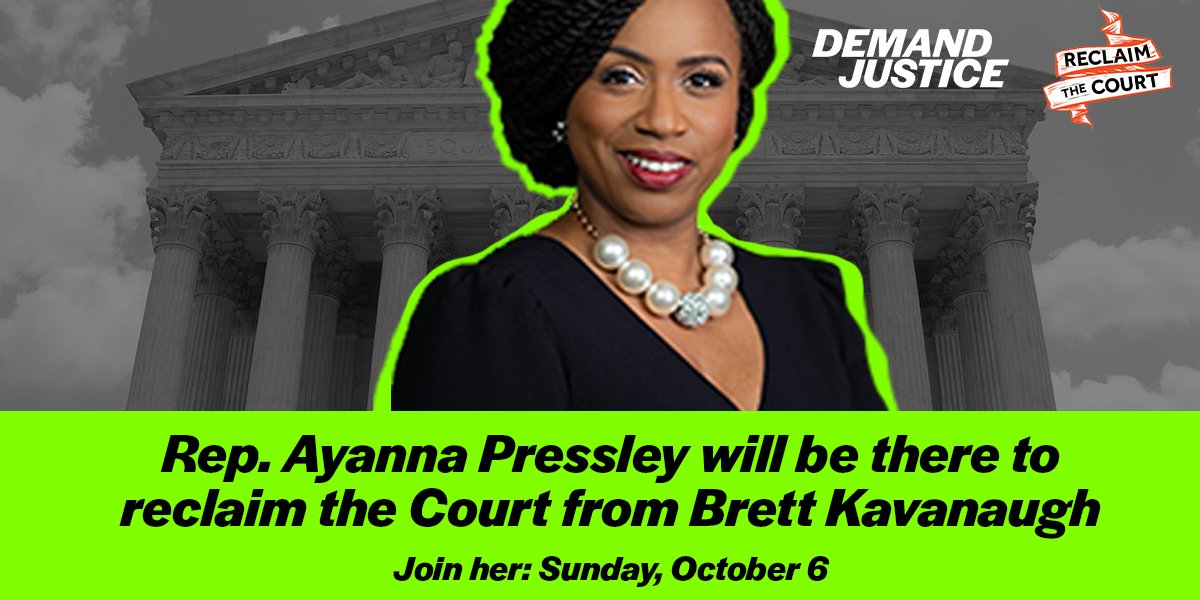Issues
Jo Freeman: There’s Plenty To Do at the RNC – If You Have the Right Credentials
by Jo Freeman
Every national nominating convention has plenty of auxiliary events, some authorized, some not. Getting space can be a challenge; getting the word out even more so. But they do it nonetheless. Press were given a RNC 2024 Master Event Calendar, which was updated a few days later. Events began on Sunday and ended on Thursday. The actual convention sessions were just one item on the list. The calendar said if an event was Open or Closed to press, and also whom to contact to register. I’m going to describe some of the events, including a couple I went to, and a couple I was turned away from.
Since my focus is on women, I obviously wanted to go to those events – if I could.
The National Federation of Republican Women is the largest grassroots Republican women's organization in the country with hundreds of clubs. Founded in 1938, its members made the phone calls and knocked on the doors that elected Republican candidates for decades. It’s Tuesday luncheon featured Arkansas Governor Sarah Sanders. The Master Calendar said it was SOLD OUT and they wouldn’t let me in. I was able to get into their lounge at the Fiserv Forum Wednesday evening, where I was repeatedly asked if I was a member, and if not, would I join. “I’m press,” I said. “I can’t join anything partisan.” I then said: “What brings you here?” On hearing that, finding anyone willing to chat with me was like pulling teeth.
Moms for Liberty met in a concert hall that afternoon. I had pre-registered, and I got in. From high in a balcony seat I listened to several people talk about the evils of transgenderism. It’s webpage says WE BELIEVE Power Belongs to the People. Sound Familiar? With a focus is on parental rights, it wants to “STOP WOKE indoctrination.”
Tuesday I went to “The New Mavericks” reception co-hosted by the Black Republican Mayors Association and the Georgia Republican Party. They honored Sen. Tim Scott, four Congressmen and two Georgia delegates – all male. There was only one mayor on stage, from Aurora, IL. The chair of the Georgia Republican Party was the one white man on the stage. At that event, women served; they didn’t speak. The RNC reported that 55 delegates to the 2024 convention are Black, up from 18 in 2016.
I missed the Independent Women’s Forum toast to “Women Who Make Our Country Great” because I went to Convention Fest: The Official Delegate Experience, which was held in the streets outside the Fiserve Forum and Baird Hall as well as some space inside Baird. To get to that one you not only needed a credential of some sort, but a USSS pass (which I have).
Concerned Women for America parked its pink bus across from the Baird Center the week before the RNC. No one was home. When Convention Fest opened on Tuesday afternoon, they set up a pink tent, from which its leaders preached to whomever passed by. It calls itself “the nation’s largest public policy women’s organization” but its focus is evangelical Christian. The slogan on the side of its pink bus captures this emphasis: “She Prays, She Votes.” A prayer precedes each sermon.
 Poll: Democrats Say They Are Hearing Enough From Presidential Candidates About Medicare-for-All and Expanding Coverage, But Want Them to Talk More about Health Costs and Women’s Health Care
Poll: Democrats Say They Are Hearing Enough From Presidential Candidates About Medicare-for-All and Expanding Coverage, But Want Them to Talk More about Health Costs and Women’s Health Care
The poll finds the public narrowly divided on whether the Supreme Court should overturn the entire ACA, with 43% favoring such a decision and 48% opposing it. This reflects partisan views of the law itself, with most Republicans (75%) wanting it overturned, most Democrats (69%) wanting to keep it, and independents falling in between (51% want to keep it, 40% want it overturned). At the same time, most (63%) do not want to see the Supreme Court overturn the law’s protections for people with pre-existing condition protections. This includes most Democrats (71%) and independents (73%). Among Republicans, 47% say they want the court to overturn those protections and 42% say they do not. more »
 STIs Are Contributing to the Public Health Crisis as Cases of Gonorrhea, Syphilis and Chlamydia Are All On the Rise
STIs Are Contributing to the Public Health Crisis as Cases of Gonorrhea, Syphilis and Chlamydia Are All On the Rise
To address this public health threat, biomedical research programs need to be refocused on developing innovative diagnostics, therapeutics, and vaccines for STIs. Healthcare providers need access to faster, low-cost diagnostics to identify both active and asymptomatic STIs. The STI vaccine pipeline also needs to produce effective new candidate vaccines for syphilis, gonorrhea, and chlamydia. As for STI therapeutics, the authors note that research efforts must focus on drug-drug interactions, toxicities and side effects, while keeping ahead of spreading antimicrobial resistance. more »
 What is Sex Discrimination? That Was the Question Before the Supreme Court on October 8
What is Sex Discrimination? That Was the Question Before the Supreme Court on October 8
Jo Freeman writes: Several hundred people protested in front of the Supreme Court on October 8 as it heard oral argument inside on the issue of exactly what is sex discrimination in employment. At the end of the rally 132 people were arrested for blocking the street in planned civil disobedience. "Sex" is one of the protected categories in Title VII of the 1964 Civil Rights Act, which prohibits discrimination in employment. At that time, same-sex relations were a crime in every state except Illinois. Transgender wasn’t even a word. Much has happened in 55 years. more »
 Jo Freeman: Kavanaugh Redux: "Unfit to Sit"
Jo Freeman: Kavanaugh Redux: "Unfit to Sit"
Jo Freeman writes: Reclaiming the court is not a task for one demonstration, or even a lot of them. There is a process by which federal judges are chosen, based more on convention than law. The right-wing learned long ago how to game the system. It looks for those with conservative views it can groom for appointment to the federal bench and raises them through the system. The Federalist Society in particular identifies and lobbies for conservative judges and justices. Kavanaugh is just one of five current Justices who rose with its support. Until the Left understands the long game, it will do more ranting than winning. more »






